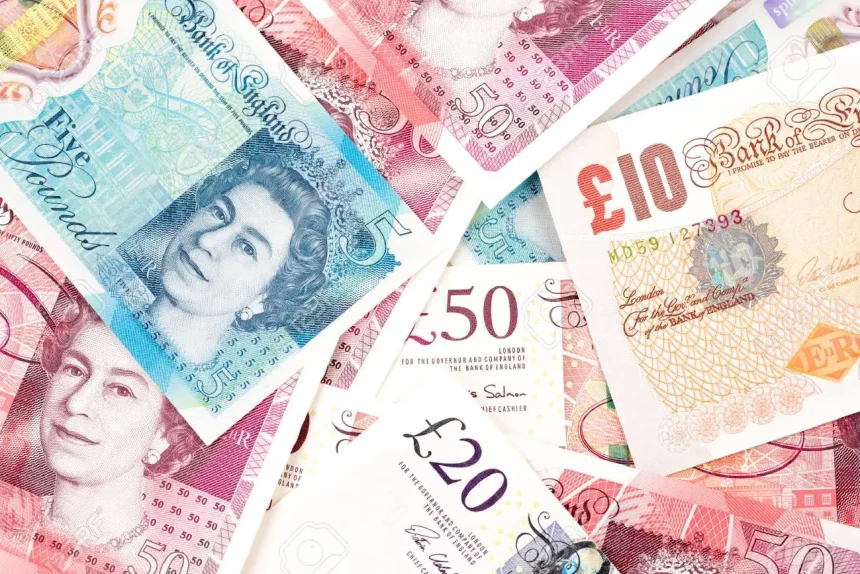GBP plunges against the USD as a result of US Dollar momentum. The resilience of the US dollar is pushing the GBPUSD back to multi-month low points. GBP is under pressure from Fed’s recent remarks
Loretta Mester of the Cleveland Federal Reserve and James Bullard of the St. Louis Federal Reserve both stated yesterday. That is a rate increase of 50 basis points in the upcoming. FOMC meetings should not be ruled out.
The Fed has a history of making aggressive comments, and yesterday’s remarks highlighted the Fed’s intention to fight inflation hard.
GBP and the US Treasury yields,
As the most recent reading of the Fed Fund terminal rate increased to 5.30%, US Treasury yields increased further, with the rate-sensitive 2-year printing a fresh multi-month high of 4.72%.
As a result of increased Fed language that is considered to be aggressive. And with higher US Treasury yields. The US dollar is still flexing its muscles against a variety of other currencies.
GBP is trying to price in BOE’s likely intentions
Although recent economic statistics indicate that the Bank of England (BoE) can also become a little less assertive. When deciding on the future course of UK interest rates. The US dollar continues to be the main driver of the trend lower in GBPUSD.
The UK’s economy has stopped growing, the employment market is still robust, and retail sales are still dismal but slightly better than expected. Core inflation is also declining.
The BoE may determine that UK interest rates are beginning to produce results and that they need to be cautious about enforcing very many restrictions on interest rates.
With a likely rate drop at the December meeting already beginning to be factored in, the UK Bank Rate, which is now at 4%, is now predicted to peak at 4.5%.
Economic Activity Schedule
If market speculation about a close Brexit deal holds true, the British pound could see a little increase in value over the next few days.
UK Prime Minister Rishi Sunak is reportedly in discussions with the EU on a forthcoming agreement on the Northern Ireland protocol. Nonetheless, the role of the European Court of Justice continues to be an obstacle.
BoE wants to halt its rate-hike run as soon as possible.
The Bank of England (BoE) may have completed its cycle of rate increases soon. Commerzbank analysts continue to have a negative outlook on the pound.
The BoE’s caution that inflation may become more tenacious and that it is important to remain cautious is of little service. if it also states that it would prefer to conclude its rate hiking cycle as soon as possible.
Even a slight improvement in the data could be a good enough reason to act. In light of this, we continue to consider.
Skepticism regarding Sterling
The BoE is obviously concerned that the big rate increases may cause the economy to slow down too much. But, the issue still remains as to whether worries of this type could not be a little premature. Given the agonizingly slow decline in inflation rates.
Right now, second-round impacts must be avoided, and inflation expectations must be anchored. Any skepticism regarding the BoE’s resolve to combat inflation in this situation would be detrimental.
Technical Perspective
At levels last seen in early January, the cable is still in decline. The duo is challenging the longer-dated 200-DMA after breaking under the 20- and 50-day moving averages this week.
The January 6 low reading at 1.1842 may shortly be challenged, making big-figure support at 1.1900 the very next objective.
THE NET LONG POSITIONS OF RETAIL TRADERS HAVE INCREASED.
According to data from retail traders, 61.23 % of traders are net long, with a long-to-short ratio of 1.58 to 1.
The percentage of traders that are net-long is up 3.03% from yesterday and up 14.53 percent from the previous week. While the number of traders who are net short is both 6.26 percent and 4.13 percent smaller compared to last week.
|
|
||||||||||||||||












